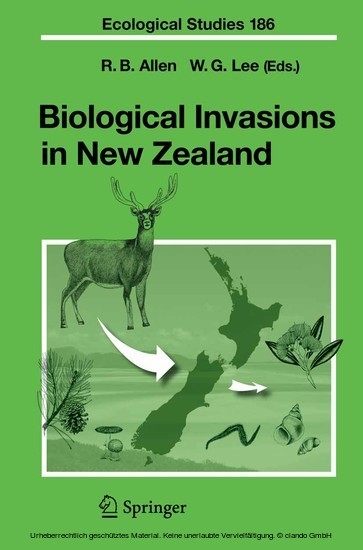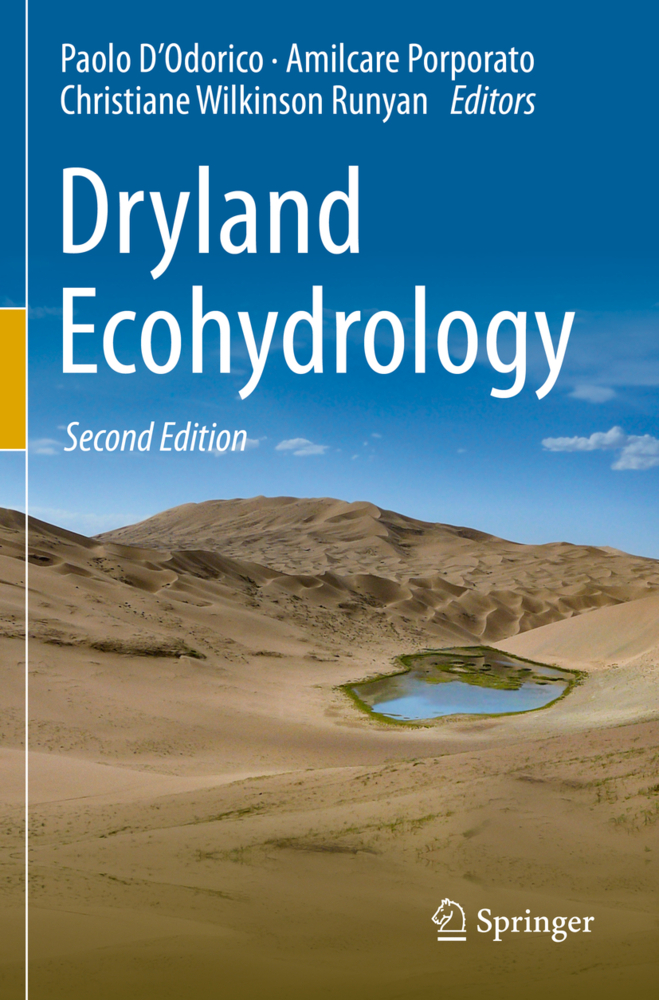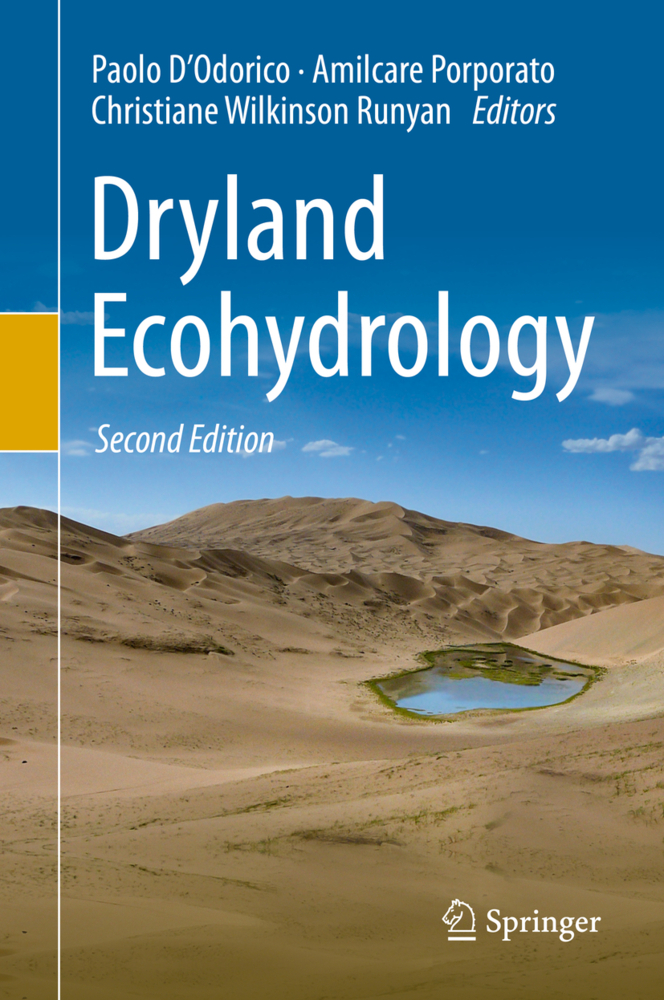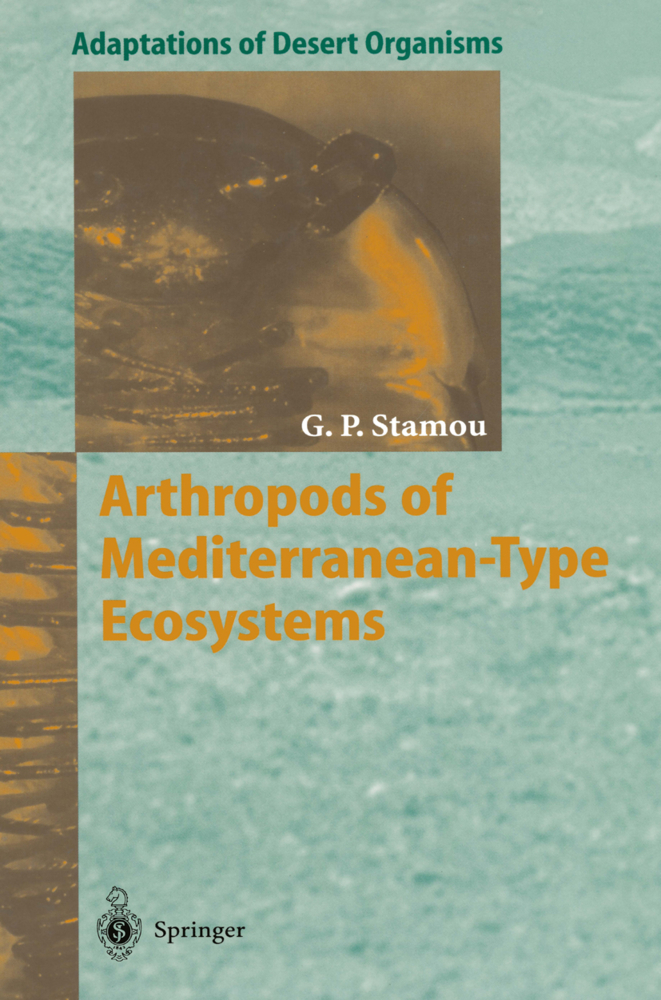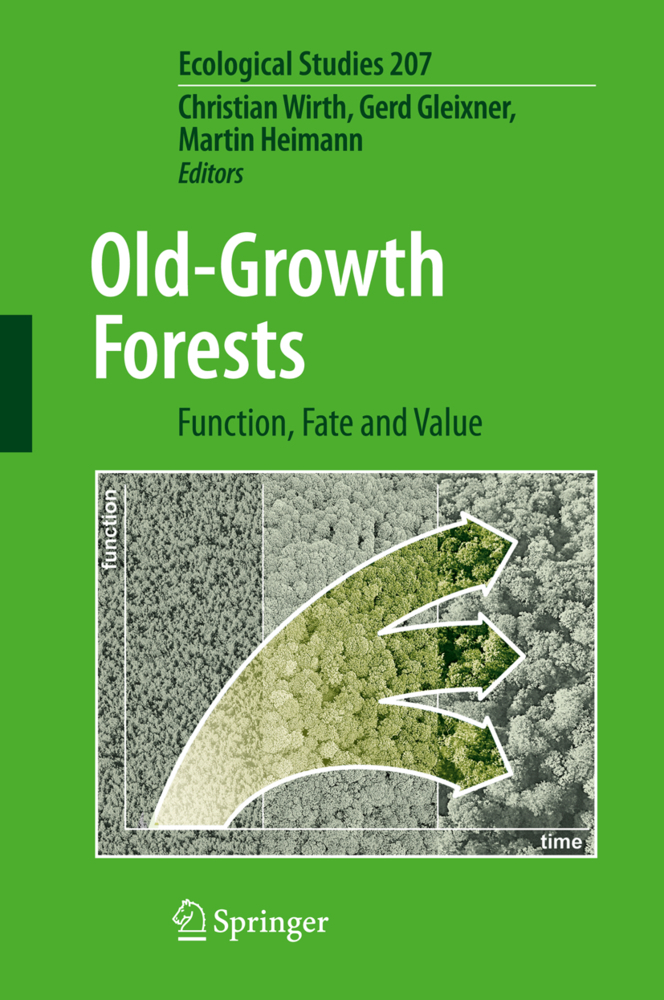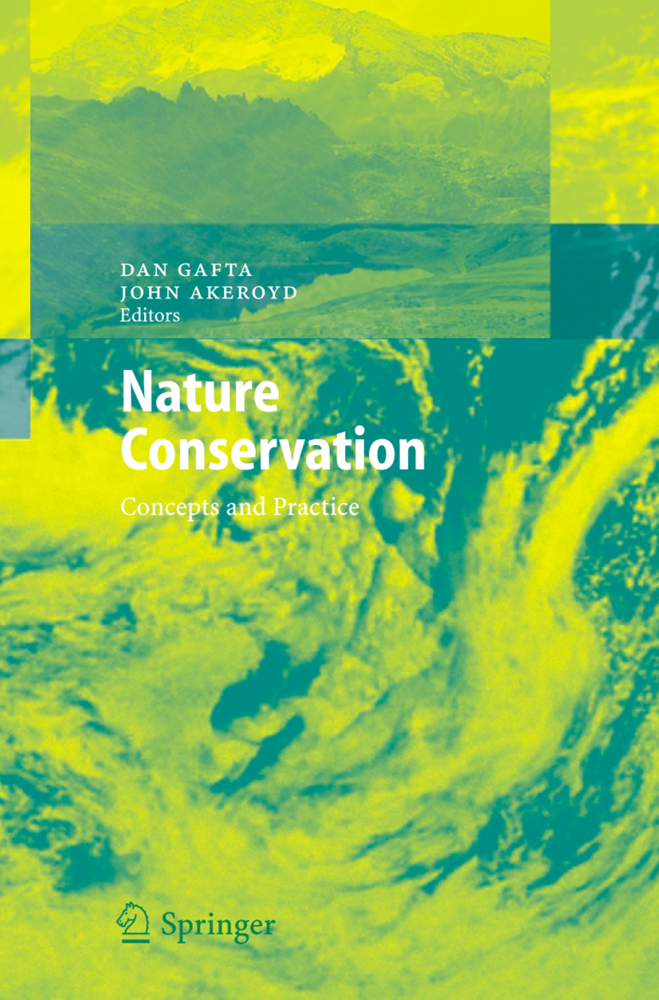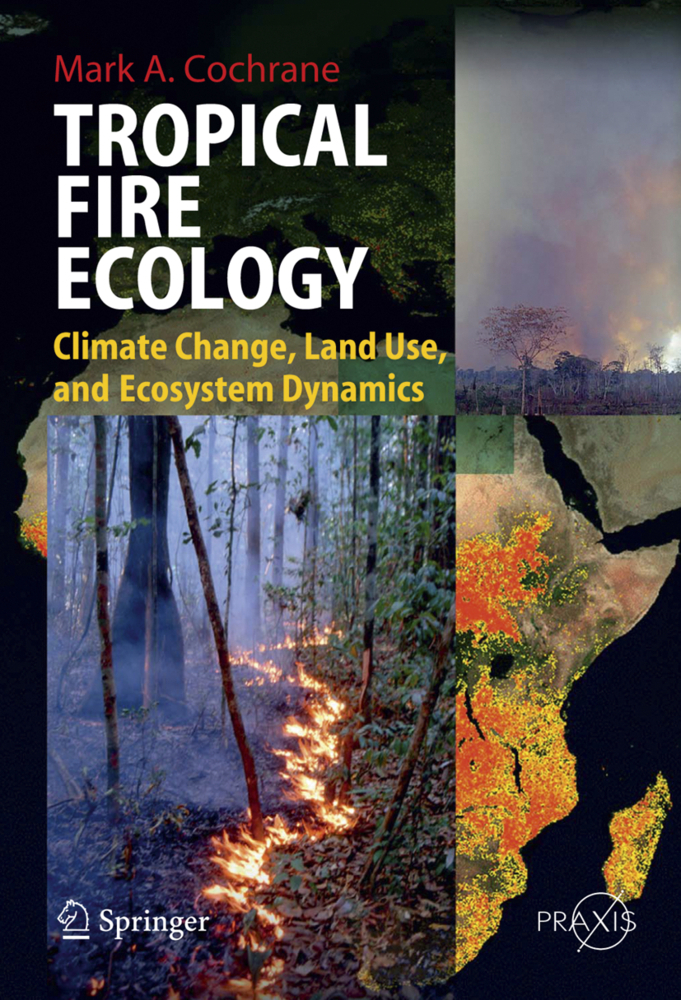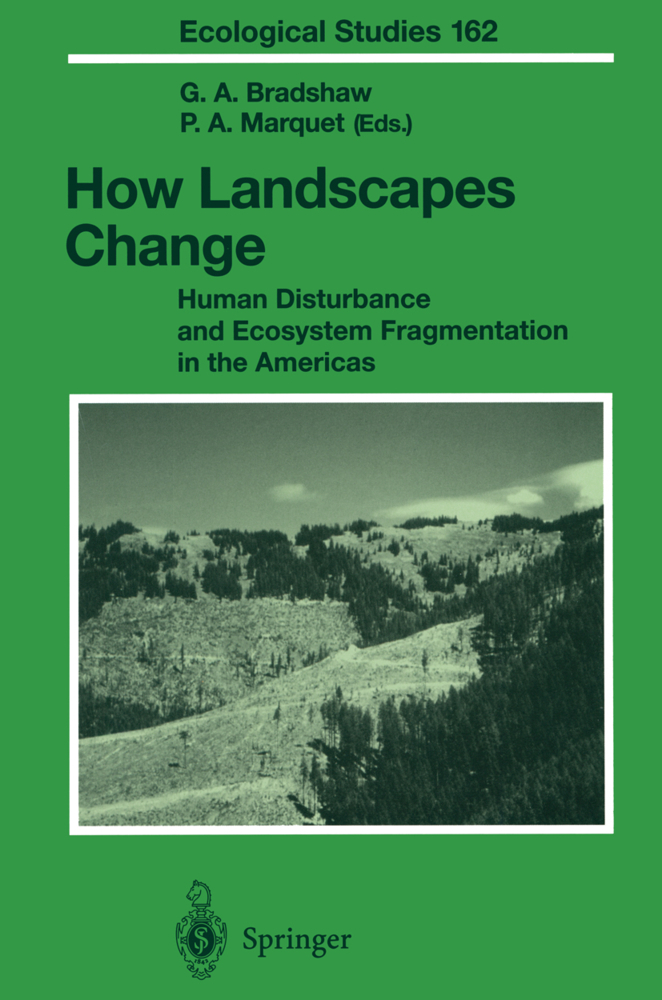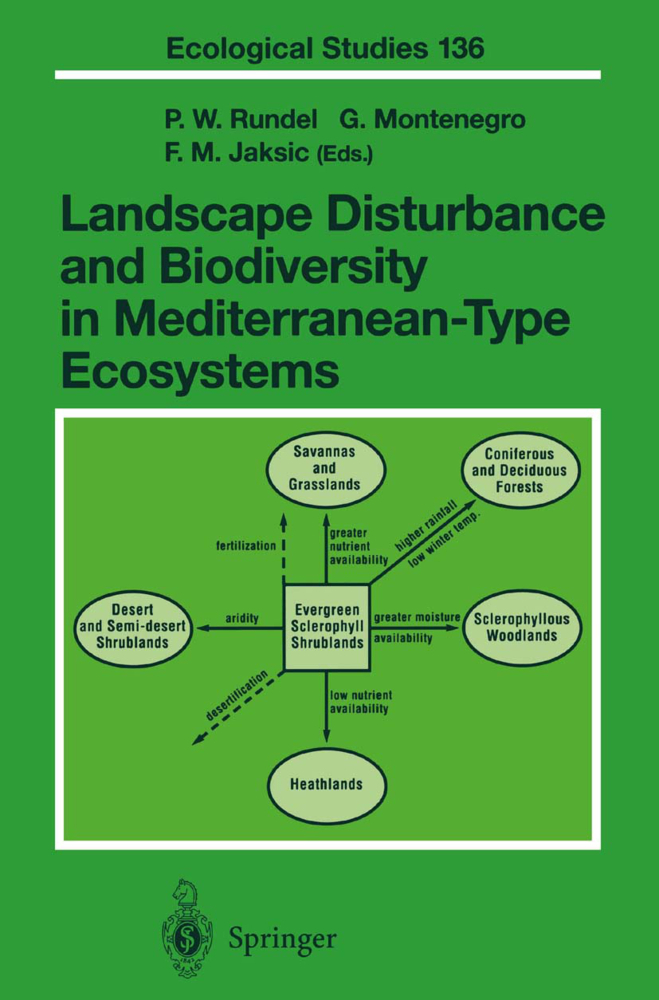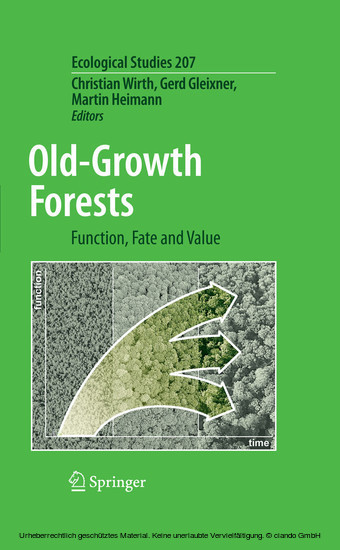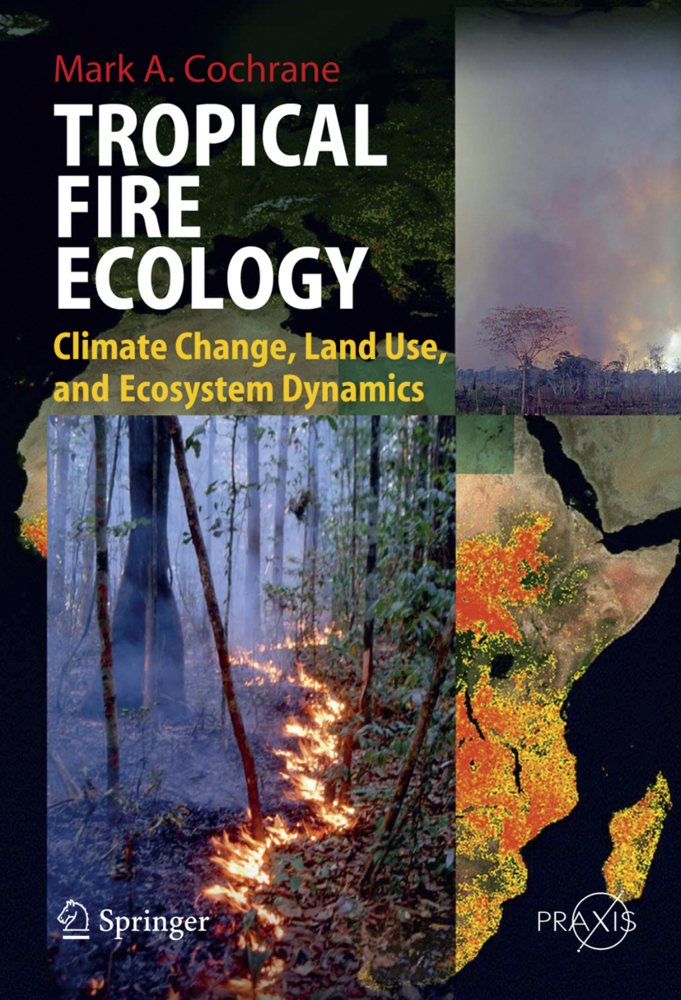Man s recent colonization of New Zealand has dramatically altered the resident biota and resulted in the introduction of numerous alien organisms to these once remote islands. In reverse, there is increasing evidence of a lesser known export of species to other regions of the world. This volume presents an in-depth review of the level and rate of such invasions, and investigates what controls the success of invaders and the consequences for ecosystems both on land and offshore. It provides invasion biologists everywhere with tests of current theories about those factors leading to the success of invaders as well as evaluating principles for understanding the nature of their impacts that form a solid basis for the effective management of biological invasions worldwide.
1;Foreword;6 2;Preface;8 3;Contents;10 4;Contributors;20 5;1 Paradise Lost - the Last Major Colonization;26 5.1;1.1 Introduction;26 5.2;1.2 Themes and Debates on Alien Species;27 5.2.1;1.2.1 Human Dimension of Alien Invasions;28 5.2.2;1.2.2 Ecological Superiority of Alien Species;28 5.2.3;1.2.3 Invasion Impacts Are Complex;30 5.2.4;1.2.4 Management Objectives;31 5.3;1.3 Outline of the Book;33 5.3.1;1.3.1 Magnitude of Alien Invasions;33 5.3.2;1.3.2 Controls on Invasion Success;34 5.3.3;1.3.3 Consequences of Alien Invasions;34 5.3.4;1.3.4 Management of Biological Invasions;35 5.4;1.4 Conclusion;36 5.5;References;37 6;A Magnitude of Alien Invasion;39 6.1;2 Becoming New Zealanders: Immigration and the Formation of the Biota;40 6.1.1;2.1 Introduction;40 6.1.2;2.2 Dispersal and Vicariance: Late Cretaceous to the Pleistocene;40 6.1.2.1;2.2.1 Gondwanic Pre-Separation Biota;42 6.1.2.2;2.2.2 Late Cretaceous to Pliocene: Post-Separation Change;43 6.1.2.3;2.2.3 Pleistocene;45 6.1.3;2.3 Dispersal and Formation of the Modern Biota;46 6.1.3.1;2.3.1 Independent Dispersal During the Human Era;46 6.1.3.2;2.3.2 Non-Endemic Species as an Indicator of Past Dispersal;46 6.1.3.3;2.3.3 Factors Affecting Immigration Success;47 6.1.4;2.4 Evolutionary Effects of Selective Dispersal and Island Environments;49 6.1.5;2.5 New Zealand in an Invasive World;49 6.1.6;References;52 6.2;3 Creating Gardens: The Diversity and Progression of European Plant Introductions;56 6.2.1;3.1 Introduction;56 6.2.2;3.2 The Chroniclers;57 6.2.3;3.3 Plant Introductions and Their Escape;58 6.2.3.1;3.3.1 Early European Settlers and Farming;58 6.2.3.2;3.3.2 Forestry;59 6.2.3.3;3.3.3 Erosion Control;60 6.2.3.4;3.3.4 Horticulture;61 6.2.3.5;3.3.5 Accidental Introductions;61 6.2.4;3.4 Regional Differences;62 6.2.5;3.5 Naturalized Flora;64 6.2.6;3.6 Attitudes Past and Present;67 6.2.7;3.7 Responding to the Deluge;67 6.2.8;References;69 6.3;4 Introduced Mammals in a New Environment;71 6.3.1;4.1 Introduction;71 6.3.2;4.2 Mammal Introductions in New Zealand;72 6.3.2.1;4.2.1 Times of Introductions and Extent of Spread;72 6.3.2.2;4.2.2 Factors Affecting Impact of Introduced Mammals;76 6.3.2.3;4.2.3 Functional Significance of the Introduced Mammals;78 6.3.3;4.3 Changes in the Herbivore-Predator Regime;78 6.3.4;Since 1200;78 6.3.4.1;4.3.1 Herbivores and Omnivores;78 6.3.4.2;4.3.2 Predators;80 6.3.5;4.4 Response of the New Zealand Biota;81 6.3.6;4.5 Conclusions;83 6.3.7;References;84 6.4;5 Parasites and Biological Invasions;89 6.4.1;5.1 Introduction;89 6.4.2;5.2 Taxonomic Affiliation of Emerging Infectious Diseases of Wildlife;90 6.4.3;5.3 Determinants of Establishment Success by Introduced and Invading Parasites;91 6.4.4;5.4 Exotic Parasite Impact on Native Fauna;92 6.4.5;5.5 Introduced Species as New Hosts for Native Parasites;93 6.4.6;5.6 Context Dependence of Exotic Parasite Impact;94 6.4.7;5.7 Disease Threat of Biological Invasions to New Zealand's Avifauna;96 6.4.8;5.8 Disease Threat of Biological Invasions to New Zealand Freshwater Fish;99 6.4.9;5.9 Conclusions;101 6.4.10;References;103 6.5;6 Export of Plant and Animal Species from an Insular Biota;107 6.5.1;6.1 Introduction;107 6.5.2;6.2 Plant Emigrants;107 6.5.3;6.3 Animal Emigrants;111 6.5.4;6.4 Conclusions;116 6.5.5;References;119 7;B Controls on Invasion Success;123 7.1;7 Genetics of Invasive Species in New Zealand;124 7.1.1;7.1 Introduction;124 7.1.2;7.2 Genetics of Colonization;124 7.1.3;7.3 New Zealand Examples;126 7.1.3.1;7.3.1 Bird Species;126 7.1.3.2;7.3.2 Biocontrol Agents;127 7.1.3.3;7.3.3 Pest Species;129 7.1.3.4;7.3.4 Invasive Plants;132 7.1.3.5;7.3.5 Hybridization and Invasive Potential;134 7.1.4;7.4 Potential Genetic Impacts on Indigenous Biota;135 7.1.5;7.5 Conclusions;136 7.1.6;References;136 7.2;8 Are the Marine Biotas of Island Ecosystems More Vulnerable to Invasion?;140 7.2.1;8.1 Introduction;140 7.2.2;8.2 Island Bioinvasion Theory;141 7.2.3;8.3 Are Marine Biotas of Islands More Invaded?;141 7.2.3.1;8.3.1 Number of
Allen, Robert B.
Lee, William B.
| ISBN | 9783540300236 |
|---|---|
| Artikelnummer | 9783540300236 |
| Medientyp | E-Book - PDF |
| Auflage | 2. Aufl. |
| Copyrightjahr | 2006 |
| Verlag | Springer-Verlag |
| Umfang | 461 Seiten |
| Sprache | Englisch |
| Kopierschutz | Digitales Wasserzeichen |

